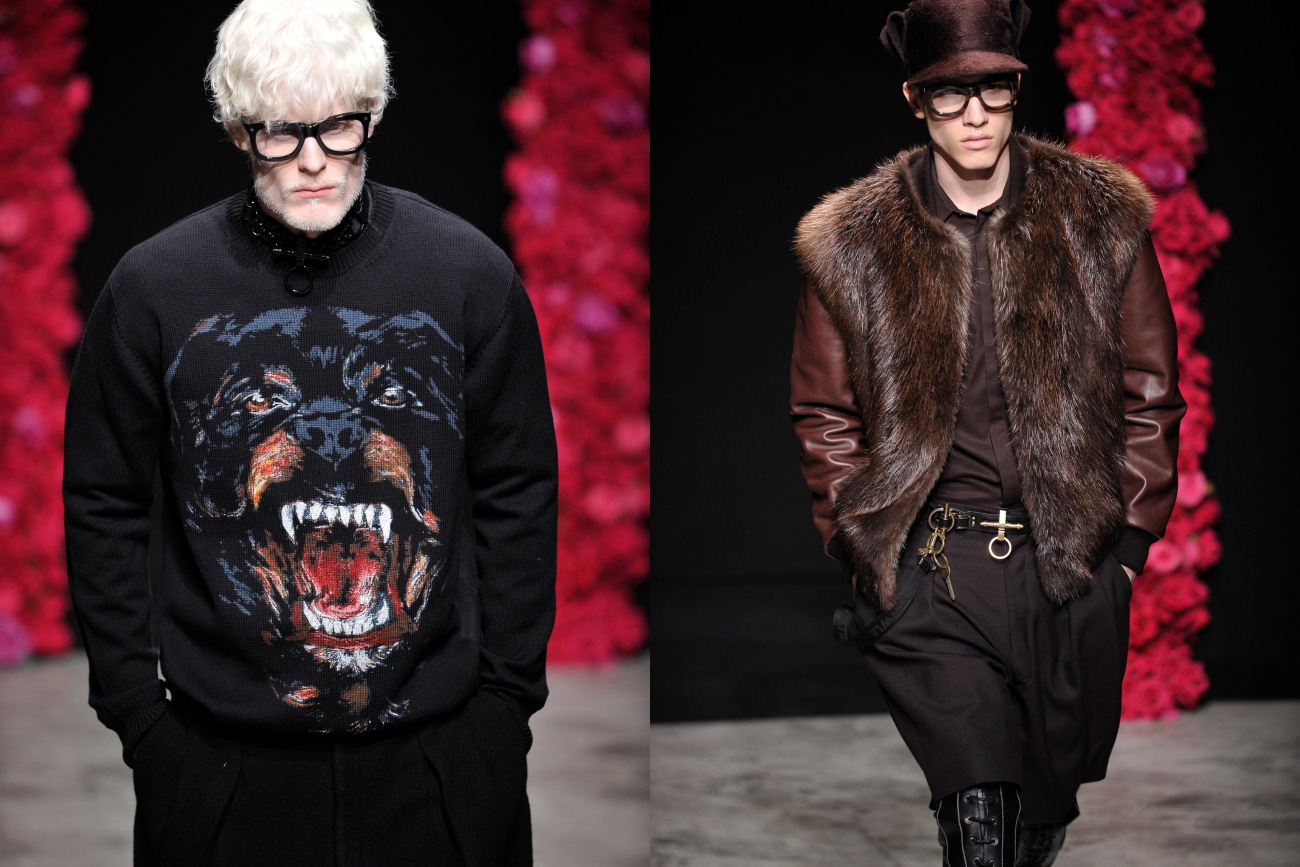When Alber Elbaz initially took the helm at Lanvin in 2001, the Parisian fashion house was a dormant powerhouse, boasting a storied past but lacking modern appeal. Through his leadership, Lanvin underwent a period of artistic revival, distinguishing itself from other high-end fashion labels. Elbaz’s impact at Lanvin was characterized by several unique aspects, such as his unparalleled design philosophy, dedication to meticulous artistry, and his remarkable ability to engage with both famous personalities and ordinary women.
Reinventing Elegance Through Creativity
Elbaz’s design philosophy incorporated a contemporary view of traditional femininity. He famously stated, “I love women, and I wanted to make them feel beautiful and comfortable.” His designs for Lanvin were distinguished by their flawless draping, opulent fabrics, and striking yet flowing shapes. In contrast to the stiff structures prevalent in the early 2000s, his works celebrated motion, feeling, and allure.
Among his most renowned collections, the Fall 2008 ready-to-wear line was notable for its pioneering application of raw-edged silk and intricate pleating. Reviewers lauded the collection for merging Parisian elegance with a whimsical, unconventional spirit. Elbaz’s genius resided in rendering haute couture-level artistry both contemporary and approachable.
Clothing That Empowers Women
At the core of Elbaz’s approach at Lanvin was the conviction that clothing should uplift women, rather than make them feel daunted. He dismissed the concept of “authoritarian” fashion, frequently articulating his aim to design apparel that women genuinely desired to wear, not merely to observe on a catwalk. This was demonstrated by his preference for functional elements—gowns that could be put on without fasteners, adaptable sashes and fastenings, and materials that prioritized ease without compromising opulence.
His Spring 2011 collection showcased this philosophy by skillfully merging practical utility with elegance, featuring metallic one-shoulder dresses adorned with substantial jewelry. The ensembles were festive yet approachable, and the models exuded self-assurance and comfort, aligning with Elbaz’s aim to clothe “real women.”
Expert Narrative Crafting and Affective Engagement
What set Elbaz apart from many of his peers was his knack for imbuing collections with a rich narrative and profound emotion. His presentations frequently conveyed feelings of happiness, longing, and human connection. Instead of depending purely on grand displays, Elbaz drew his viewers into a gentle, almost personal world. To mark his 10th year at Lanvin, he paraded down the runway alongside seamstresses, highlighting the collaborative effort and skilled craftsmanship involved in every piece of clothing.
This focus on narrative also extended to his branding strategies. The now-iconic Lanvin campaign, featuring models and non-models alike in joyous, candid poses, subverted industry norms and fostered an authentic sense of inclusivity.
Innovation in Collaborations and Red Carpet Strategy
Elbaz pioneered a modern approach to collaborations and celebrity relationships. While many fashion houses reserved their most spectacular designs for in-house presentations, Elbaz democratized the idea of high fashion accessibility by collaborating with retailers like H&M in 2010. The resulting collection sold out within hours and introduced the Lanvin aesthetic to a much wider audience, confirming Elbaz’s savvy understanding of evolving consumer landscapes.
Under Elbaz’s direction, Lanvin’s presence on the red carpet saw a significant surge. His creations for actresses like Meryl Streep, Natalie Portman, and Tilda Swinton achieved a blend of elegance and accessibility, frequently selected for their wearability as much as their striking visual effect. Elbaz’s mastery of draping, materials, and accessories produced iconic looks that defined red carpet fashion for an entire era.
Reshaping the Role of the Creative Director
Beyond his skills as a designer, Elbaz’s leadership style set new expectations for the role of a creative director in luxury fashion. He was known for his humility, quick wit, and profound empathy, often crediting his team of seamstresses and collaborators for the house’s successes. This collaborative spirit fostered an environment where innovation flourished, and it contributed significantly to Lanvin’s creative output.
Unlike some of the era’s more enigmatic or headline-seeking creative heads, Elbaz appeared relatable and approachable. His signature bow ties and glasses became a symbol of endearing eccentricity, reinforcing both his unique personal brand and the house’s approachable take on luxury.
Lasting Heritage
Alber Elbaz’s tenure at Lanvin remains a benchmark in contemporary fashion for its seamless blend of tradition and innovation. His work not only revitalized Lanvin as a business but also set a new standard for modern elegance rooted in emotional resonance and practicality. The fashion world continues to study his collections and leadership style, underscoring the profound influence one designer can have by prioritizing empathy, storytelling, and authentic connection above fleeting trends or commercial stratagems.



